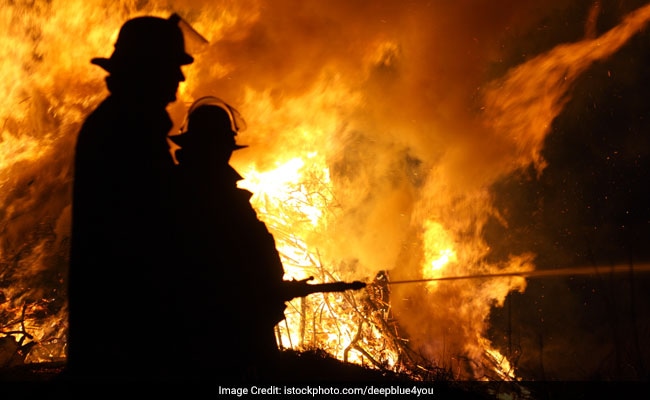
The horrific fire tragedy in an apartment in Bengaluru earlier this month that claimed two lives reawakened awareness about fire safety issues. But too often, as the days pass, people fall back into complacency.
Beyond Carlton is a group formed after the tragic Carlton Towers fire in the city in February 2010 in which nine precious lives were lost. Uday Vijayan, of Beyond Carlton, who lost his son in that fire, was determined to see that fire safety comes to the forefront of safety issues. He reached out to other affected by the fire to form a group to seek accountability from the authorities and to advocate and promote a culture of fire safety in the country. He was honoured with the Namma Bengaluru Citizens award in 2012.
The group has formulated guidelines which they would like to share with all residents and RWAs.
Beyond Carlton - Apartment Fire Safety Guidelines
High-rise apartment buildings are responsible to ensure all compliances are met. The following aspects should form a part of the RWAs and resident activities. Simple practices to be followed for fire-safety. There are four steps that each apartment can follow:
STEP 1 - PREVENT
- Check and repair the electrical connections in the building and homes for any damage.
- Do not keep combustible material inside the electrical room or near any electrical cabinets.
- Do not use the electrical shaft as a garbage chute.
- Do not store diesel more than the required quantity in the building.
- Check the home LPG cylinders for expiry date and any leakages before accepting them.
- Change pipes connecting the cylinder with the burner regularly.
- Do not wear loose clothes like chunni etc while cooking.
STEP 2 - PREPARE
- Prepare a home and building emergency plan to follow in case of any fire.
- Have a small extinguisher at home and know how to operate it.
- Learn to operate the extinguishers in the building by participating in the fire drills.
- Keep the exits of the house and the building clear all the time. Corridors should not be used to place shoe in case of evacuation, and use of stretcher.
- Do not store any material on the staircase which can block the escape in case of emergency.
- Have a medical emergency kit ready to use in case of burns etc.
- Familiarise yourself with exit signs and escape plans of the building.
- Keep an emergency number displayed such as fire (101), nearest fire station, hospital at each floor.
- Train and re-train occupants and security guards every year on basic firefighting and rescue.
STEP 3 - FIGHT
- Do not panic as basic firefighting can be done with resources around.
- Operate the fire alarm by breaking the glass on the glass panel if they are on the floor to alert other occupants of the fire through the alarm.
- Operate the extinguisher to extinguish the fire.
- Use hose reel available on the floors to douse the fire with water.
STEP 4 - ESCAPE
- In case clothes catch fire - then Stop, Drop and Roll to smother the fire. Do not panic and run as fire will grow further.
- Use wet cloth/handkerchief on the nose and stay close to the floor so that smoke inhalation can be avoided. Crawl close to the floor as smoke is lighter and goes up to the ceiling first.
- Do not stay inside the room and close the door. Try to get out of the smoke filled house.
- Remember to help senior citizens, children and people with special abilities while escaping. Use a basic blanket or bed sheet to rescue in case needed.
- Do not use lift in case of fire. Use only the staircase to come down from the upper floors.
Track Latest News Live on NDTV.com and get news updates from India and around the world

